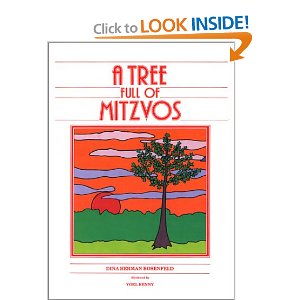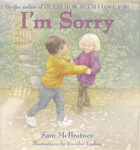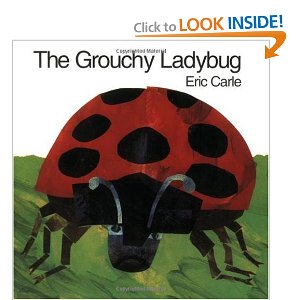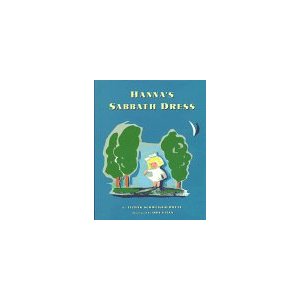I have visited preschools throughout the country, in synagogues and JCC’s. I am struck by the fact that often as I enter a classroom I cannot tell if it is a Jewish classroom or its secular counterpart. One school I visited had a small cardboard shoebox that held some Shabbat items haphazardly tossed inside. Other than that, there was nothing else in the classroom that identified it as a Jewish place of learning.
So ask yourself, is your classroom recognizable as a Jewish classroom? Think about all the things in your classroom that would immediately convey to a visitor that they have entered a Jewish environment. Are there bulletin boards with Jewish themes, a Shabbat table, Jewish books and posters, photographs of children and families celebrating our holidays, and Jewish music?
A Jewish early childhood classroom should be “Jewish Every Day”. Judaism is not an activity that we do on occasion. It is a way of life.
Every day is an opportunity to expose children to their Jewish heritage. As teachers of young children we help them develop social skills. We remind young children about the importance of sharing, taking turns, helping others, and being kind to each other. We teach them to respect others, to care for classroom pets and to appreciate the wonders of nature. These values are not simply acts of human decency but have their roots in Judaism. The Torah lists 613 mitzvot. Often we translate the meaning of mitzvah as a good deed when, in actuality, the meaning is a commandment. It is something that we are obligated to do, not just because it’s the nice thing to do but because we are following God’s Will.
You can introduce the children to the concept of mitzvot by reading A Tree Full of Mitzvos by Dina Herman Rosenfeld or Let’s do a Mitzvah by Sol Sharfstein. A classroom Mitzvah tree can serve as a year long reminder of the importance of performing mitzvot at school as well as at home. Attach leaves to the tree that state the mitzvot performed by each child throughout the year.
Perhaps the easiest way to integrate Jewish values is to make them an extension of your holiday curriculum. The New Year is a time for reflection and on Yom Kippur we apologize to those we may have faulted during the previous year. As we teach children about these holidays we can also help them understand the importance of being kind to others, Gemilut Hasadim and making peace, Shalom. Secular books such as The Grouchy Lady Bug by Eric Carle or I’m Sorry by Sam McBratney help reinforce the value of kindness. It is important to let children know that treating others kindly is a mitzvah. Hanna’s Shabbat Dress is another story that reinforces this value.




